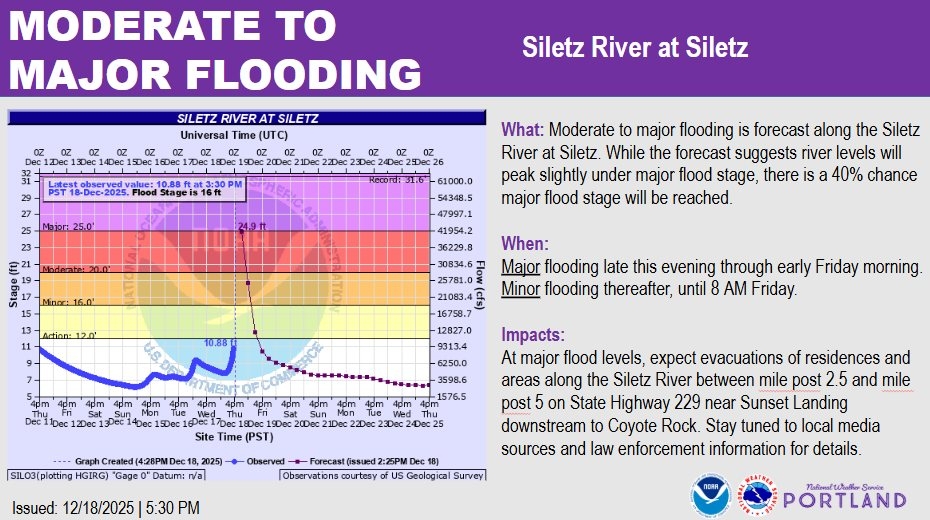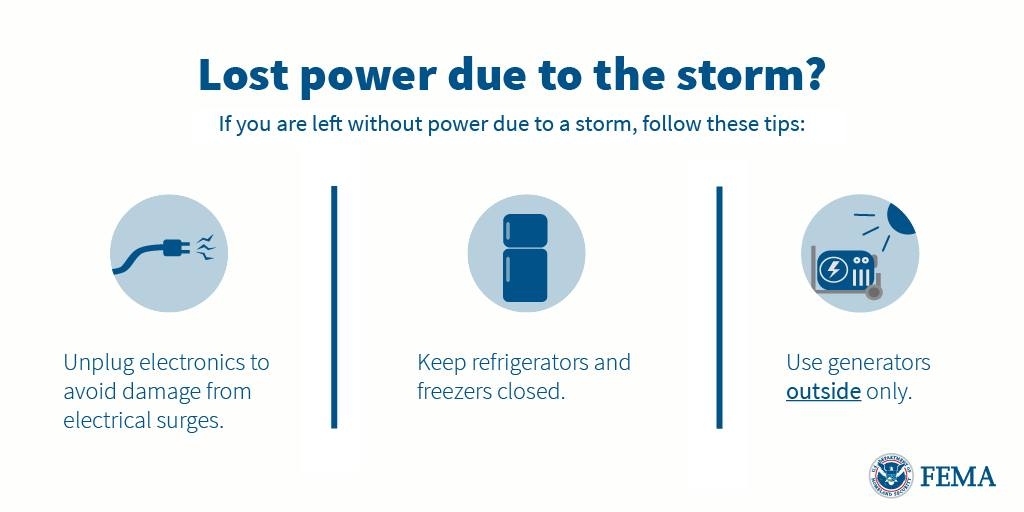Location
Opening Hours
Saturday
08:00 am to 05:00 pm
Meet the Sheriff's Office

12/19/2025
12/19/2025

12/18/2025

12/18/2025

12/18/2025

12/18/2025

12/18/2025

12/17/2025

12/16/2025
12/25/2025, 12:00 am - 12/25/2025, 11:59 pm
Lincoln County Sheriff
Lincoln County Sheriff
01/01/2026, 12:00 am - 01/01/2026, 11:59 pm
Lincoln County Sheriff
Lincoln County Sheriff
01/19/2026, 12:00 am - 01/19/2026, 11:59 pm
Lincoln County Sheriff
Lincoln County Sheriff
Time: Every 3 months on the Second Wednesday from 1:00pm to 3:00pm
Join Zoom Meeting
https://us06web.zoom.us/j/85995147864
Meeting ID: 8
02/11/2026, 1:00 pm - 02/11/2026, 3:00 pm
Lincoln County Sheriff
Lincoln County Sheriff
02/16/2026, 12:00 am - 02/16/2026, 11:59 pm
Lincoln County Sheriff
Lincoln County Sheriff

























